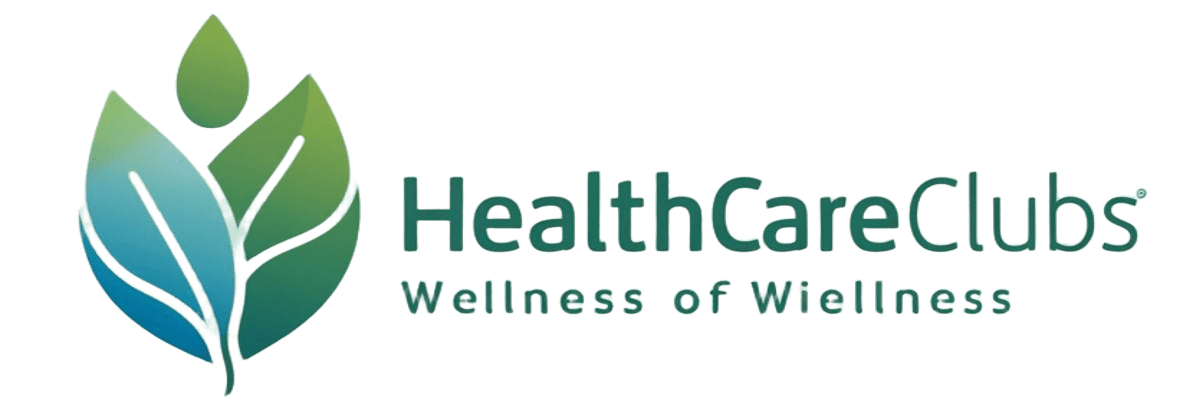In today’s health-conscious world, sugar-free foods have gained massive popularity. Whether you’re managing diabetes, aiming for weight loss, or simply trying to eat healthier, cutting back on sugar seems like a smart move. But what exactly are sugar-free foods, and are they really as good for you as they sound?
In this comprehensive guide, we’ll explore what sugar-free foods are, their benefits, types, possible downsides, and tips to help you make informed decisions.

What Are Sugar-Free Foods?
Sugar-free foods are products that contain no added sugars or naturally occurring sugars. These foods often use sugar substitutes like artificial sweeteners or sugar alcohols to maintain a sweet taste without the extra calories or blood sugar spike.
According to the FDA, a product labeled “sugar-free” must contain less than 0.5 grams of sugar per serving, including naturally occurring and added sugars.
Why Go Sugar-Free?
Excessive sugar consumption has been linked to a range of health problems, including:
- Obesity
- Type 2 diabetes
- Heart disease
- Tooth decay
- Fatty liver disease
- Acne and skin inflammation
- Poor energy levels and mood swings
Switching to sugar-free options can help reduce these risks and promote overall wellness.
Health Benefits of Sugar-Free Foods
1. Better Blood Sugar Control
One of the primary reasons people switch to sugar-free foods is to manage or prevent diabetes. Sugar-free alternatives don’t cause rapid spikes in blood glucose, making them suitable for people with insulin resistance.
2. Weight Management
Cutting back on sugary snacks and drinks significantly reduces calorie intake. Sugar-free options are often lower in calories, helping with weight loss or weight maintenance.
3. Improved Heart Health
Diets high in added sugars have been linked to high triglyceride levels and high blood pressure — both risk factors for heart disease. Sugar-free foods can contribute to better cardiovascular health.
4. Reduced Risk of Tooth Decay
Unlike sugary foods that promote plaque buildup and cavities, sugar-free products, especially those containing xylitol, may actually improve dental health.
5. Stable Energy Levels
Sugar causes spikes and crashes in blood sugar that can leave you feeling drained. Sugar-free diets help maintain more consistent energy levels throughout the day.
Types of Sugar-Free Foods
1. Natural Whole Foods
Most unprocessed foods are naturally sugar-free or very low in sugar, including:
- Meat, poultry, fish
- Eggs
- Leafy greens and most vegetables
- Avocados
- Nuts and seeds
- Tofu and tempeh
2. Packaged Sugar-Free Foods
These products are specifically manufactured to be free of sugar and often contain sugar substitutes. Common examples include:
- Sugar-free gum and mints
- Diet sodas
- Sugar-free candies
- Baked goods made with artificial sweeteners
- Sugar-free yogurt
- Sugar-free jams and jellies
3. Beverages
- Herbal teas
- Black coffee
- Flavored water (without added sugar)
- Sparkling water
Common Sugar Substitutes
1. Artificial Sweeteners
These are chemically synthesized and provide intense sweetness:
- Aspartame (Equal)
- Sucralose (Splenda)
- Saccharin
- Acesulfame K
They are calorie-free and don’t raise blood sugar levels but can have a bitter aftertaste and may cause digestive upset in some people.
2. Natural Sweeteners
- Stevia – Derived from the Stevia plant, calorie-free and very sweet
- Monk Fruit – Natural, zero-calorie, and doesn’t raise blood sugar
3. Sugar Alcohols
- Xylitol
- Erythritol
- Sorbitol
- Maltitol
These have fewer calories than sugar and a low glycemic index but may cause bloating or gas if consumed in large amounts.

Reading Labels: What to Look For
Just because a product says “sugar-free” doesn’t mean it’s healthy. Some sugar-free products are highly processed and packed with unhealthy fats or artificial ingredients.
Tips for Reading Labels:
- Check Total Carbohydrates: Even if a product has no sugar, it may have carbs that impact blood sugar.
- Watch for Hidden Sweeteners: Ingredients like corn syrup solids, maltodextrin, and agave can still spike blood sugar.
- Note the Serving Size: Less than 0.5g of sugar per serving means multiple servings can still add up.
Popular Sugar-Free Food Ideas
Looking for inspiration? Here are some sugar-free foods to add to your daily routine:
Breakfast:
- Scrambled eggs with spinach
- Greek yogurt (unsweetened) with chia seeds
- Sugar-free oatmeal with cinnamon
Snacks:
- Roasted almonds
- Cucumber slices with hummus
- Cheese sticks
Lunch:
- Grilled chicken salad with olive oil dressing
- Cauliflower rice stir-fry
- Turkey lettuce wraps
Dinner:
- Baked salmon with steamed vegetables
- Zucchini noodles with sugar-free tomato sauce
- Tofu curry with coconut milk
Desserts:
- Sugar-free chocolate
- Chia pudding with stevia
- Berries with whipped cream (unsweetened)
Potential Downsides and Considerations
1. Digestive Issues
Some sugar substitutes like sorbitol and maltitol can cause bloating, gas, and diarrhea, especially in people with IBS.
2. Overeating and Cravings
Sugar-free doesn’t mean calorie-free or guilt-free. Some people overeat sugar-free products, thinking they’re “safe,” which can backfire.
3. Artificial Sweeteners Controversy
Though approved by health authorities, there is ongoing debate about the long-term effects of artificial sweeteners on gut health and metabolism.
4. Nutritional Deficiency
Focusing too much on sugar-free processed foods may lead to a diet low in essential nutrients like fiber, protein, and healthy fats.
Tips for Transitioning to a Sugar-Free Lifestyle
- Start Slow – Begin by eliminating sugary drinks and desserts.
- Read Labels – Always check the ingredients and nutritional info.
- Cook at Home – Homemade meals give you full control over sugar content.
- Use Natural Sweeteners – Choose stevia or monk fruit over artificial ones.
- Stay Hydrated – Sometimes, cravings are really just dehydration.
- Keep Healthy Snacks Handy – Prepare sugar-free options in advance.
- Retrain Your Taste Buds – It takes about two weeks to reduce sugar cravings.
Who Should Consider Sugar-Free Diets?
- People with Diabetes or Prediabetes
- Individuals with Insulin Resistance or PCOS
- Anyone Trying to Lose Weight
- Those Looking to Improve Dental Health
- People with Chronic Fatigue or Energy Slumps
- Health-Conscious Individuals Seeking Longevity

Final Thoughts
Sugar-free foods can be a powerful tool for better health, but not all sugar-free products are created equal. Choosing whole, natural foods without added sugars and being mindful of ingredients is the key to reaping the benefits of a sugar-free lifestyle.
Whether you’re looking to lose weight, balance your blood sugar, or simply feel better throughout the day, reducing sugar intake is a smart and sustainable step. Remember: less sugar, more life.
FAQs
Q: Are sugar-free foods safe for children?
A: In moderation, yes. However, it’s better to focus on whole foods rather than artificially sweetened snacks for kids.
Q: Can I eat fruit on a sugar-free diet?
A: Many sugar-free diets allow low-sugar fruits like berries, avocados, and tomatoes in moderation.
Q: Is honey sugar-free?
A: No. Although natural, honey is still a form of sugar and affects blood glucose levels.
Q: Will I lose weight eating sugar-free foods?
A: You can, especially if sugar-free choices help you reduce overall calorie intake and curb cravings.
![]()






